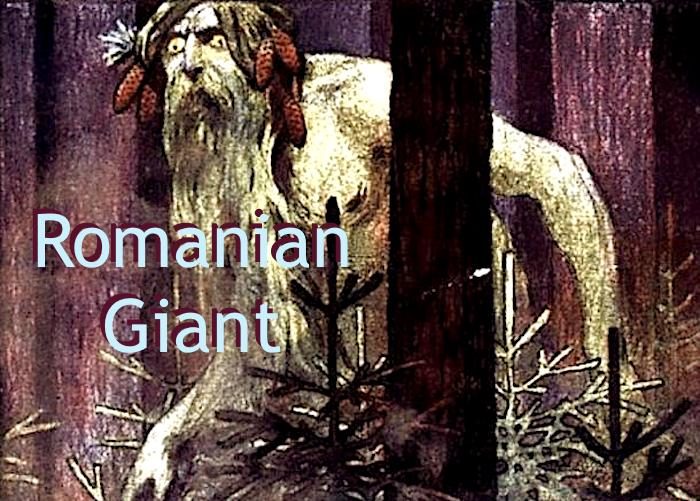OF THE
TIMES
The SOTT comment is the truth. The idea that the WHO has backtracked is a falsehood being planted in mainstream and alternative media. It needs to...
Henry Camus wrote many books and short story’s on Algiers, la Peste, The Plague one of the best. Fave reading in high school days, we had...
Dark ages was the zenith Of Irish cultural achievements, the most beautiful books ever created were made in 500 to 750 ad, Book of Kells just one...
Orwellian - this time 'Big Auto' spying on you. I wonder what data is sent back, and to whom? And how is it interpreted to use against you?
I agree - better to shut it down than to sell to US buyers that all seem to be members of the deep state, and who would immediately censor the...
To submit an article for publication, see our Submission Guidelines
Reader comments do not necessarily reflect the views of the volunteers, editors, and directors of SOTT.net or the Quantum Future Group.
Some icons on this site were created by: Afterglow, Aha-Soft, AntialiasFactory, artdesigner.lv, Artura, DailyOverview, Everaldo, GraphicsFuel, IconFactory, Iconka, IconShock, Icons-Land, i-love-icons, KDE-look.org, Klukeart, mugenb16, Map Icons Collection, PetshopBoxStudio, VisualPharm, wbeiruti, WebIconset
Powered by PikaJS 🐁 and In·Site
Original content © 2002-2024 by Sott.net/Signs of the Times. See: FAIR USE NOTICE

Reader Comments
The archeologist in the picture (from Ancient Origins site) is Carol Terteci from Museum Aurelian Sacerdoteanu in Valcea. He discovered a normal size skeleton in Copacelu, Valcea county, in 2010.
The whole story with Rosia Montana is a joke.
[Link]
I guessed OK. Goya. "Saturn Devouring His Son." But as for the above. . . Well, I can't find it, but I'd bet it was him: at least it's certainly not: "Unknown." Any help?
Goya's images from the Spanish Civil War were so graphic, anti-France and anti-war* that they weren't released until years after his death. (Check it out: https://www.google.com/imgres?imgurl=http%3A%2F%2Fwww.theartstory.org%2Fimages20%2Fworks%2Fgoya_francisco_5.jpg&imgrefurl=http%3A%2F%2Fwww.theartstory.org%2Fartist-goya-francisco.htm&docid=J8dDh3Rxv3yuTM&tbnid=ISwj9WdMdc8RWM%3A&vet=10ahUKEwjQq7y4567bAhXojVQKHadRBNkQMwhDKA 0wDQ..i&w=500&h=400&bih=691&biw=1143&q=%22francisco%20goya%22%20(art%20OR%20sketch%20OR%20painting)&ved=0ahUKEwjQq7y4567bAhXojVQKHadRBNkQMwhDKA0 wDQ&iact=mrc&uact=8) That 'Civil War' was by the populace against a puppet government installed by Napoleonic France.
Despite how badly that conflict bled France, they then, not learning the lesson of e.g., Athens ~440? BC. in the Peloponnesian War where Athens' invasion of distant Sicily was the ultimate cause of their loss to the Oligarchic Sparta, and the end of the 'Golden Age of Athens/Greece', (Read Thucydides's History of it; free online); again, France decided to invade Russia.
Likewise, France still had the the hubris to go ahead and invade Russia on June 24, 1812. That's a long way to go, and a longer way back. (Chased out of Russia December, 1812.) Thus thereafter came his Waterloo (Every Napoleon has one.)**
Then, genius France declared war on Germany in 1870, (The Franco-Prussian War) and got their asses kicked by Krupp Artillery, and terrible waffling generals. (The single worst thing a military leader can do: "Don't decide until it's too late, a/k/a, 'decision by indecision.') Thus, Prussia/Germany obtained the Alsace Lorraine area and held it until WWI's Armistice, I believe.
Now one would have thought Hitler would have learned something from the first two of the above events.. Granted, Operation Barbarossa, in June 1941, started off well enough, but we all know the end when Germany was forced out by the Soviets/Reds - that wasn't until the Winter of 1944/45!
In each case, all the invading troops were there long enough to enjoy a nice winter vacation. Sarcasm.
R.C.
* As I've noted somewhere; the closer a movie comes to depicting war, the more it is called an "Anti War Movie".
** And "every dog has his day, eh Mel?" (Film: Scarface; Tony to corrupt cop Mel Bernstein.) Lines are from memory.
Tony shoots Mel in the side of the gut...
Tony : " Whoever said you was one?" (a cop.)
Tony:Why don't you buy yourself a pair of tickets to the resurrection?
Mel: Fuck You, Punk!
Tony: Pow. Pow.
Tony's buddy: "What about Ernie?"
Tony: Ernie, you want a job?
Ernie: Sure, Tony.
Tony's buddy: "Hey man! You got a job!"
RC